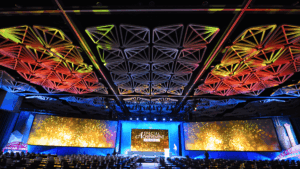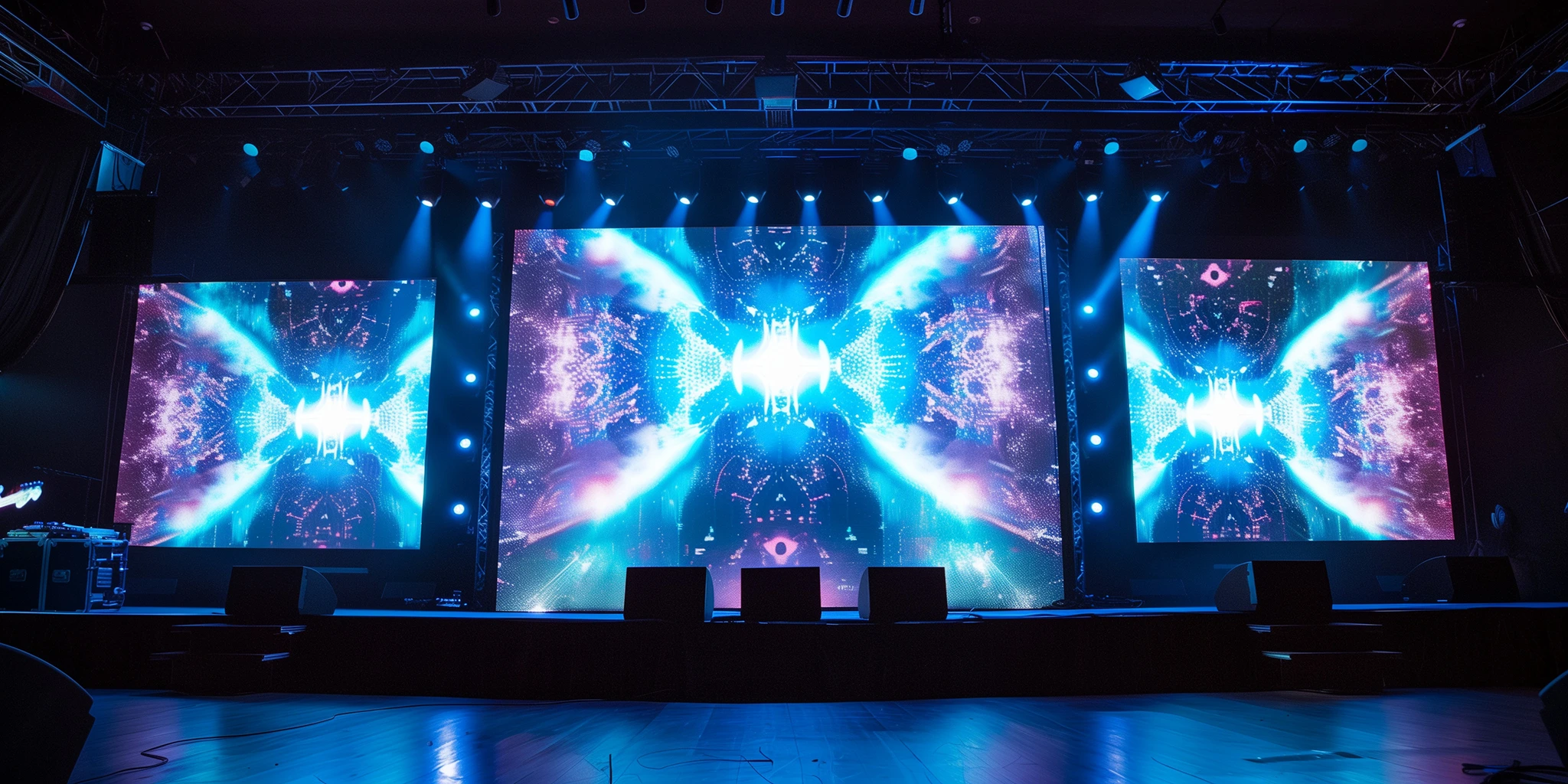
For those of us behind the curtain, where every detail converges, it doesn’t take much to see how quickly a live event can unravel without a clear plan. A presenter wraps up ahead of schedule, a video misses its cue or slides are swapped at the last moment. In those situations, you’re no longer orchestrating a show; you’re scrambling to contain chaos.
That’s why AV professionals place such high value on the Run of Show. It’s never “just another document.” To us, it’s the master script; the blueprints that keep every department aligned. It’s what transforms tricky transitions into smooth handoffs and what makes the difference between an event that feels refined and one that feels reactive.
When a Run of Show is crafted with care, it empowers every discipline—lighting, audio, video, staging and content—to know precisely what’s happening, when it’s happening and how it should resonate with the audience. When that clarity is missing, teams are left to fill in the gaps and that’s when mistakes happen.

Event Production Network members Richard Herrera (AVT Productions), Ryan Massey (Colortone) and Guy Savedra (Total Show Technology) offer their insights into what makes a strong Run of Show, how to maintain clear communication and the pitfalls to avoid. They also share moments when a thoughtful, well-constructed Run of Show turned potential disorder into seamless delivery.
Put simply, when your Run of Show is strong, you’ve laid the best foundation for seamless event production.
Defining the Run of Show: Three Expert Perspectives
A Run of Show is the backbone of any successful event—a document that sets expectations, provides clarity and keeps every team member aligned.
Richard Herrera, director of operations at California-based AVT Productions, describes it as the essential roadmap: “A Run of Show is the master timeline for an event. It lays out, minute-by-minute, what happens on stage, who’s involved and how each segment transitions to the next. It’s the single source of truth that captures the planner’s intent so the production team can translate it into executable cues.”
For Ryan Massey, director of production and partner at Cleveland-based Colortone, the Run of Show is more like a schematic drawing that ensures operational precision: “A Run of Show sets the expectations as to what is going to be seen where and when. It’s the schematics to how the event is going to play out.”
He notes that the most effective Run of Show documents are built in spreadsheets with columns for date, time, duration, session titles, people on stage, audio, video and lighting.
“Audio, video and lighting cues are important to keep everyone on the same page,” Massey adds.
Guy Savedra, project manager at Total Show Technology (TST) out of Las Vegas, extends the definition further, calling it the master script not just for stage programs but also for exhibits and trade show booths: “A run of show is essentially the master script for the event. It lays out the timeline, cues, transitions and responsibilities in a way that everyone can follow from the showrunner to the AV crew to the people onstage or staffing a booth.”
Savedra stresses the balance required: “If a Run of Show is too vague, people tend to wing it. If it’s too detailed, people often miss what matters. Precision and clarity are key.”
Together, these three perspectives demonstrate that the Run of Show is more than a schedule. It’s a blueprint, schematic and script; one that, when executed with precision, transforms complex productions into seamless experiences.
Communication and Collaboration: Keeping the Run of Show Alive
A well-written Run of Show isn’t enough on its own. Its power lies in how it is communicated, updated and collaboratively managed. All three experts emphasized that the Run of Show must remain a living document, with updates flowing through clear channels to keep every team in synch.
Savedra highlighted the importance of both technology and trust: “The most effective way to communicate updates is through a single, shared document that’s updated in real time; ideally in the cloud, not through endless email chains. Once onsite, changes should also be confirmed verbally in a production meeting and again during both prestaging and walk-throughs.”
For trade shows especially, Savedra noted that success depends on tight collaboration between the exhibit builder, the exhibitor and the AV partner. TST even conducts booth prebuilds: “Prebuilds allow us to test content, identify issues in advance, make necessary pivots and optimize booth space so exhibitors can better achieve their goals.”
Massey agreed that updates are inevitable: “It’s rare that the Run of Show you get in the planning phase is the same one you have for the actual event. We use a cloud-based storage system and make updates to the documents all the way up to the event. Once we are on site, we will hand out physical copies and if changes are made after that, new copies are printed.”
Herrera shared a structured model balancing flexibility with discipline: “Information flows to the Assistant Stage Manager or Show Producer, then to the Stage Manager/Show Caller (the Run of Show owner). The caller updates the live Run of Show and communicates changes to tech leads.”
He also emphasized rehearsal and deep dives: “The Run of Show lives in Google Sheets and updates in real time. Each department owns and updates its columns. We don’t lock the doc; instead, we pair real-time updates and thorough preproduction with heavy rehearsal of transitions. Our proven process includes a two-hour deep dive the week prior with the client, Show Caller and Producer to surface needs and align on transitions before we ever get onsite.”
Communication around the Run of Show must be centralized, visible and reinforced. Real-time tools, structured update pipelines, prebuilds and rehearsals all serve the same goal—keeping the team aligned and the show seamless.
Common Pitfalls and the Consequences
Even the most carefully crafted Run of Show can derail if it’s missing critical details. Our experts agreed: ambiguity is the enemy of execution.

Massey pointed out that problems often start with using the wrong tools: “The best Run of Shows are created in a spreadsheet. The worst ones are created in a Word document. Choose the right tool for the job. Include cues for all of the aspects of your show. For example, if you have pyro at your event, include cues for pyro. It sounds obvious but you would be surprised how many people don’t do that.”
Herrera outlined the most common pitfalls, from missing transition times to versioning chaos, and their impact:
- No transition time → programs run long, meals slide, streaming windows slip.
- Vague transition intent → awkward pacing and guesswork on stage.
- Platform mismatches → content doesn’t render as intended.
- No verbal video roll cue → premature rolls or hesitations.
- Unspecified Q&A logistics → confusion and lost time.
- File-version chaos → wrong decks on screen.
- Missing lower-thirds info → incorrect or incomplete graphics.
“Most issues arise from ambiguity especially around transitions, platform declarations, verbal roll cues, Q&A plans, versioning and speaker identification for lower-thirds,” Herrera summarized.
Savedra has seen similar issues on the trade show floor: “One big problem I’ve run into is when an incomplete Run of Show leaves out AV cues. For example, a trade show exhibitor might want to start a new product demo without updating the cue sheet. When we’re scrambling to re-route playback and adjust lighting on the fly, it pulls focus away from execution and increases the risk of mistakes. When the Run of Show isn’t clear, the event feels reactive instead of seamless.”
Gaps in detail lead to uncertainty, and uncertainty inevitably introduces risk.
Best Practices for a Flawless Run of Show
After covering pitfalls, our experts turned to the strategies that consistently lead to smooth, professional events.
Savedra shared three that apply across event types:
- Prioritize collaboration early. Early alignment builds trust and ensures booth design, traffic flow and technology all work together seamlessly.
- Build in buffer time and pre-test technology. Adding buffer time and prebuilding systems saves costly fixes and stress onsite.
- Focus on content accuracy and brand integrity. Exact color matching and content fit on LED screens are critical. Nailing these details reinforces the brand.
Herrera offered a detailed checklist: “Give transitions the spotlight. Declare the presentation platform early. State video and verbal roll cues. Adopt a simple versioning rule. Plan Q&A logistics. Designate a single content owner. Target content delivery 72 hours before onsite. Expect a preflight QA and reasonable redundancy. And yes, templates help.”
He summed it up: “Focus your Run of Show on transition clarity, content/platform specifics and simple version control; then rely on the production team to convert that into a detailed cue-to-cue. A color-coded, live Google Sheet; a single client content owner; a 72-hour content target; and a solid preflight together create the conditions for an event that feels effortless—even when reality changes.”
Real-World Examples: When the Run of Show Makes the Difference
The value of a solid Run of Show comes alive in practice.
Herrera recalled a leadership event where a presenter demanded a last-minute change: “Five minutes before the end of a segment, a presenter told the Assistant Stage Manager they needed to go on next, even though they were scheduled later. Because we had a solid Run of Show, the audience saw a seamless hand-off, no dead air and the program stayed on schedule.”
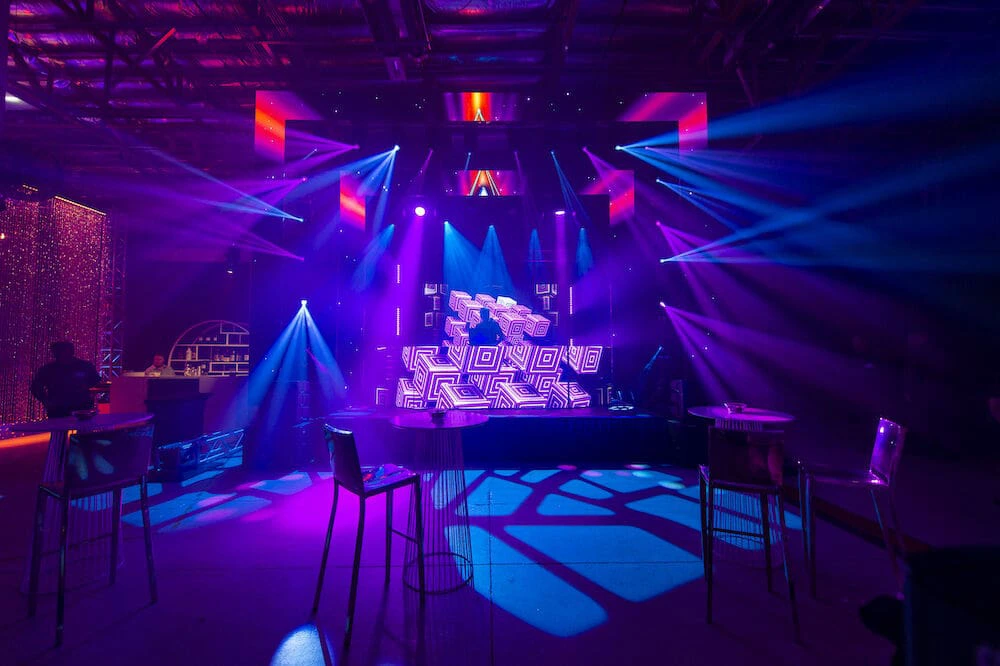
Massey emphasized scale: “Our largest events live and breathe these Run of Shows. When you have 25+ people on the technical team all doing different parts to create one cohesive end result, it’s imperative that you have a plan.”
Savedra shared two trade show stories, from the Global Gaming Expo and CONEXPO-CON/AGG, where early collaboration and prebuilds transformed risk into results:
“By collaborating on when and how to trigger video playback, lighting transitions, presenter cues and interactive touchscreens, we created an environment that felt seamless and high-energy… By prebuilding and testing every element in advance, we reduced risk, eliminated surprises and set the stage for a highly successful exhibit.”
Whether facing sudden agenda shifts, coordinating a complex crew or delivering a high-profile launch, the Run of Show brings structure to uncertainty.
Turning Plans into Seamless Experiences
The Run of Show is the backbone of successful events.
Herrera called it the “single source of truth” while Massey reminded us that the right tools and cues are non-negotiable.
Their message is simple but powerful:
- Clarity prevents mistakes.
- Collaboration builds trust.
- Preparation ensures resilience.
A well-crafted Run of Show isn’t just a checklist. It’s the blueprint, schematic and script that turns complexity into confidence. Respect the process and the behind-the-scenes mechanics will vanish giving rise to an experience that feels seamless and effortless.
Written by
epnadmin
You may also interested in:
Sound Check: Best Practices for Managing Audio at Outdoor Events
With commentary by EPN Member, Nick Barnes, Ironman Sound Industries, a Markey’s company. Industry experts share their tips on producing a crystal-clear experience without annoying the neighbors. Planning an outdoorEvent AV Demystified: Top Questions Planners Ask—and How the Pros Deliver Seamless Experiences
We spoke to three industry leaders—Brian Siebrandt of Video West Inc., Paul Aubuchon of Ironman Sound Industries, and Terra Sedillo of AVFX—to break down the most common AV questions event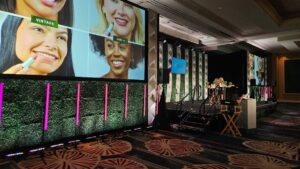
Elevate Every Event: Smart AV Solutions for Any Budget
EPN Members and Vendor Partners recently gathered in northern New Jersey for their 2024 Leadership Symposium, themed Partnerships in Production. Every year, the Event Production Network invests in its members to ensure that they meet a North American standard of AV excellence.Top 10 Questions Planners Should Ask Their AV Company
Article by EPN Member, Eric Newkirk, AVFX Also featuring a webinar! Event planning involves a myriad of tasks, from managing logistics to ensuring every detail aligns perfectly. But one of
2024 EPN Leadership Symposium Focused on Partnerships in Production
EPN Members and Vendor Partners recently gathered in northern New Jersey for their 2024 Leadership Symposium, themed Partnerships in Production. Every year, the Event Production Network invests in its members to ensure that they meet a North American standard of AV excellence.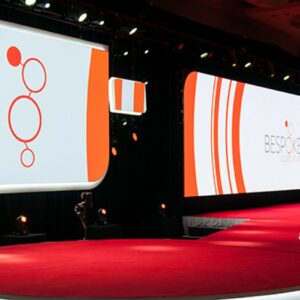
7 Event Video Solutions That Will Captivate Your Audience
High-quality event content is essential to the success of any event. Besides attracting the right audience, setting the tone, and driving engagement and participation, such event content can boost your return on investment (ROI)
How Partnering with a North American Audio-Visual Network Produces Better Events
In the business world, the expression “the whole is greater than the sum of its parts,” coined by Aristotle, appropriately expresses the belief that a single company can be more successful when it’s part of a larger network.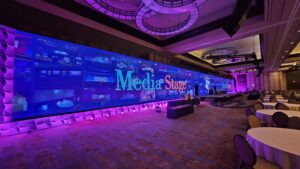
5 Strategies for Leveraging AV Partner Collaboration to Elevate Event Content
High-quality event content is essential to the success of any event. Besides attracting the right audience, setting the tone, and driving engagement and participation, such event content can boost your return on investment (ROI)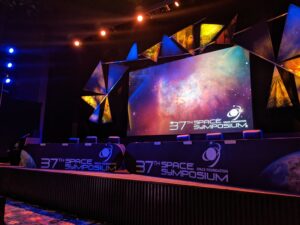
Budget-Friendly Event Lighting Solutions to Transform a General Session Space (Part 2)
Budget-friendly event lighting solutions that transform a general session space are crucial for a successful event. In addition to setting the ambiance, using strategic lighting techniques can create a sense of intimacy or grandeur, depending on the desired effect. Although professional event lighting can be costly, there are many budget-friendly options available. The following Event Production Network (EPN) members reveal budget-friendly and innovative event lighting guidelines to transform a general session space, along with event lighting tips to consider for your next general session: